Motorcycle safety initiatives in the South West
The South West is a very popular area with motorcyclists due to the tourism trade and the stunning country and seaside roads.
Motorcyclists are among the most vulnerable road users – both nationally and in Devon & Cornwall.
Despite making up just 1% of road traffic, motorcyclists account for almost 25% of those killed and seriously injured on our roads.
Vision Zero South West has supported a number of projects aimed at reducing the number of motorcyclists killed and seriously injured in collisions.
This includes Devon & Cornwall Police’s pioneering drone operation Op Cossett, provision of new training schemes such as Streets Ahead and a £50,000 ‘Call For Ideas’ funding scheme for motorcycle safety projects.
We also worked with the Cabinet Office’s Behavioural Science team to develop our ‘Stories From The Other Side Of The Road’ campaign – a series of videos telling the real life stories of bikers from across Devon & Cornwall.
The first video was headed up by TV presenter and legendary biker Henry Cole, followed by members of the public. Below you can see all the videos produced for this series:


